The San Antonio City Council has voted 8-2 to green-light Amazon‘s ambitious plan to launch its Prime Air drone delivery service from its East Side warehouse, marking a significant step forward for Drone Technology in the region. Despite opposition from Mayor Ron Nirenberg and Council Member Teri Castillo, who reportedly raised concerns about safety and workforce impacts, the approval paves the way for Amazon to renovate approximately 9,400 square feet at its 3.6-million-square-foot facility at 6806 Cal Turner Drive. This move, detailed in a recent article from the San Antonio Express-News, signals a growing acceptance of autonomous delivery systems, though regulatory and environmental hurdles remain.
Technological Advancements in Drone Delivery
Amazon’s Prime Air drones, labeled “EXPERIMENTAL” in the provided image, weigh 83 pounds and can carry packages up to 5 pounds within a 7.5-mile radius of the warehouse. This translates to a delivery range of about 12 kilometers, with customers receiving orders in 60 minutes or less under optimal conditions.

The drones feature advanced obstacle-detection technology, checking for impediments before dropping packages, and switch to alternative delivery methods if issues arise, according to Sam Bailey, Amazon’s senior manager of economic development policy. Drone delivery operations will pause during rainstorms and extreme heat, reflecting a cautious approach to weather-related risks. Bailey noted, “We’ve chosen SAT3 because it’s a high-performing site in Amazon’s fulfillment center network,” highlighting the strategic selection of the facility, named for its three buildings and the local Airport code.
Benefits and Challenges for Drone Users
For recreational pilots and drone professionals, this development introduces both opportunities and challenges. The drones’ ability to operate within a defined airspace requires coordination with the Federal Aviation Administration (FAA) to avoid conflicts with military operations near Joint Base San Antonio-Randolph, just over 10 miles away.
Bailey explained, “Not all homes within that radius would be eligible for delivery,” due to these airspace restrictions.
Customers benefit from faster delivery times, with Amazon aiming to launch its first drone delivery from the warehouse by the end of 2025, pending an environmental impact study. However, the technology’s limitations—such as no nighttime or severe-weather operations—may temper expectations for widespread adoption.

Industry Trends and Economic Implications
This approval aligns with Amazon’s broader expansion of Prime Air, already operational in College Station and Tolleson, Arizona, with plans to roll out in Kansas City, Missouri. The Cal Turner facility, operational since 2023, processes about 2 million items weekly, handling orders under 25 pounds with a mix of employees and robots.
Bailey reportedly assured, “Amazon plans to add jobs with Prime Air and does not expect to lay off any of its roughly 4,000 employees in San Antonio,” countering concerns from Castillo, who said, “She worries that companies rolling out new technologies to cut costs could decide to reduce their workforce.”
This reflects a trend where automation complements rather than replaces human labor, a key consideration for the drone and electric vehicle (EV) industries. The economic boost from job creation could strengthen San Antonio’s logistics sector, though the long-term impact on traditional delivery jobs remains under scrutiny.
Regulatory and Future Outlook
The FAA’s involvement highlights the regulatory complexity of drone integration. Amazon must navigate airspace approvals and environmental assessments, a process Bailey described as critical to launching by year-end. Recent executive orders from President Donald Trump, signed on June 6, 2025, direct the FAA to enable routine Beyond Visual Line of Sight (BVLOS) drone operations, a key step for scaling commercial deliveries like Amazon’s.
These orders emphasize accelerating drone technology development and testing, potentially easing restrictions near Joint Base San Antonio-Randolph. For drone professionals and recreational pilots, this could set a precedent for broader adoption, provided safety and community concerns are addressed. As San Antonio embraces this innovation, the balance between technological progress and local needs will shape the future of drone delivery nationwide.

Photos courtesy of Amazon.
Discover more from DroneXL.co
Subscribe to get the latest posts sent to your email.


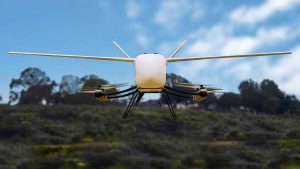
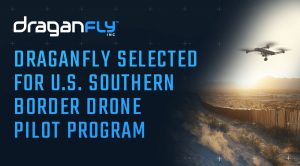
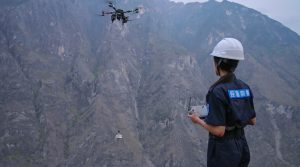
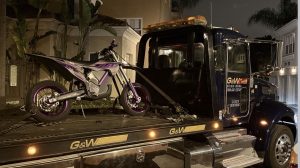

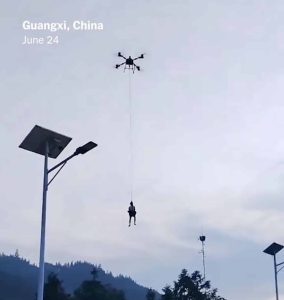
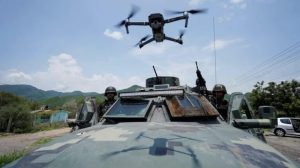
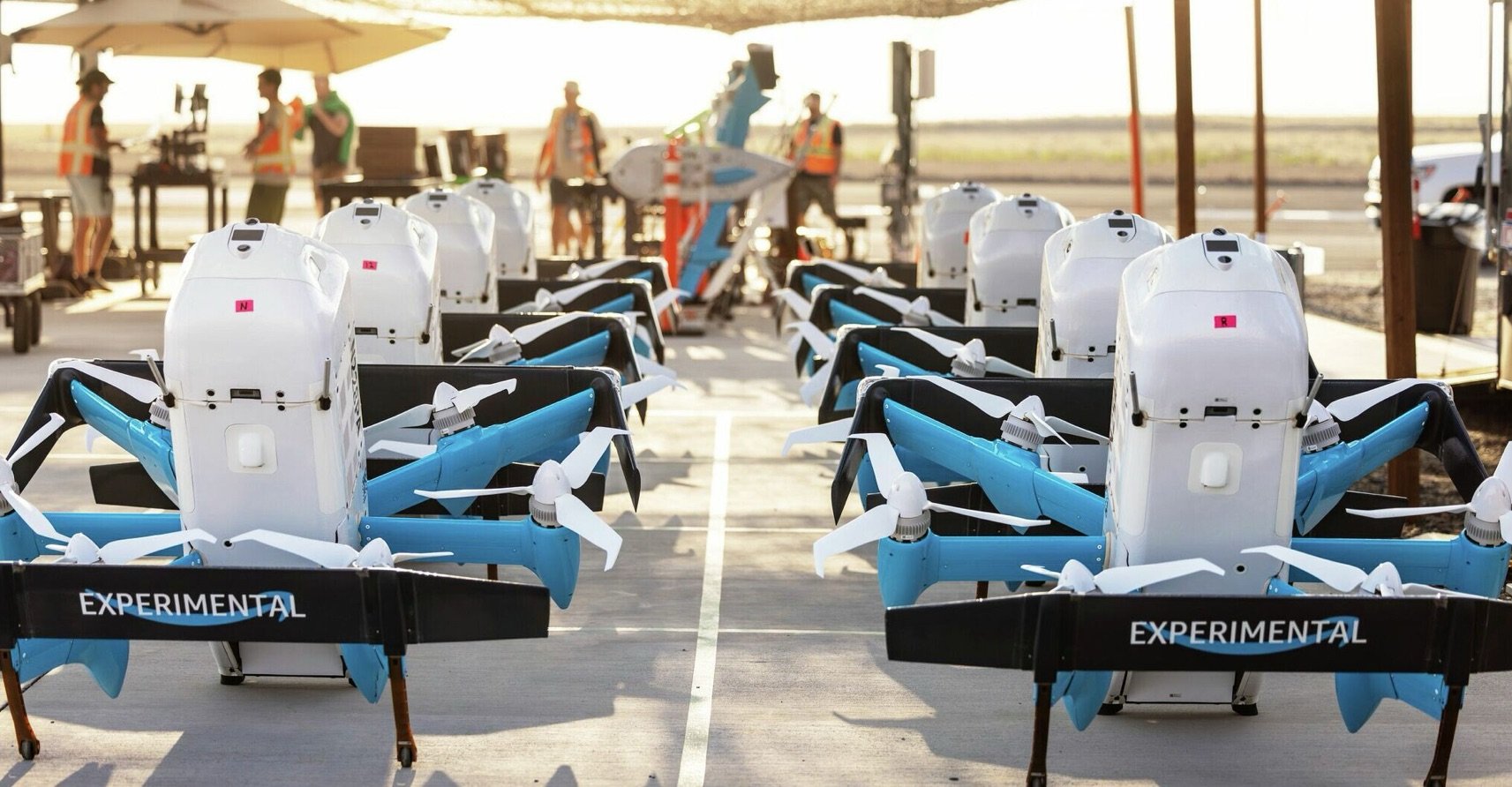

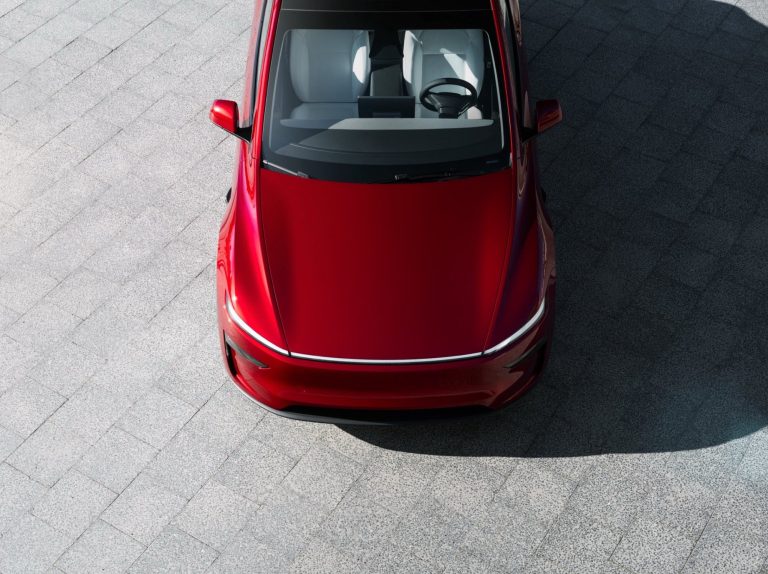


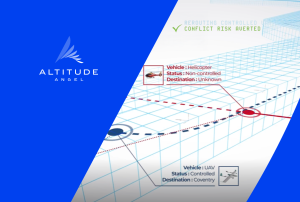

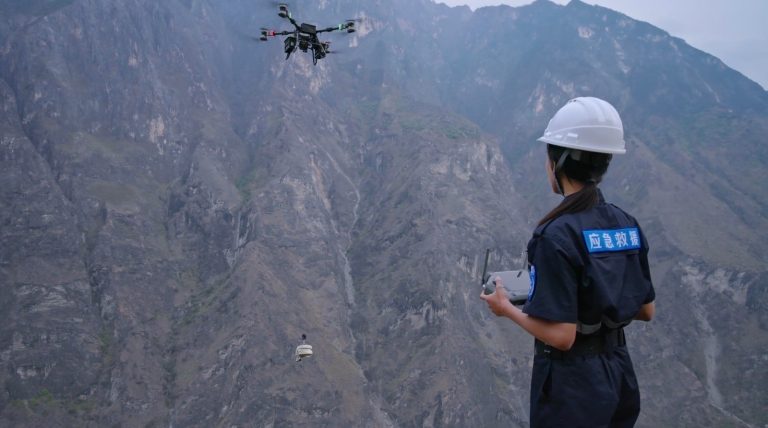
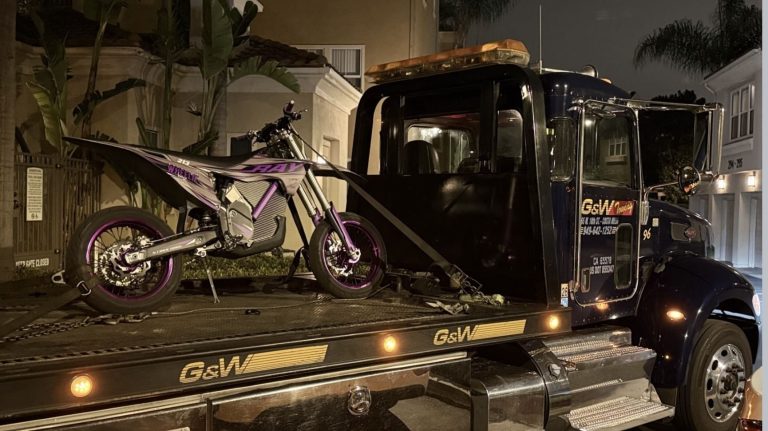


+ There are no comments
Add yours